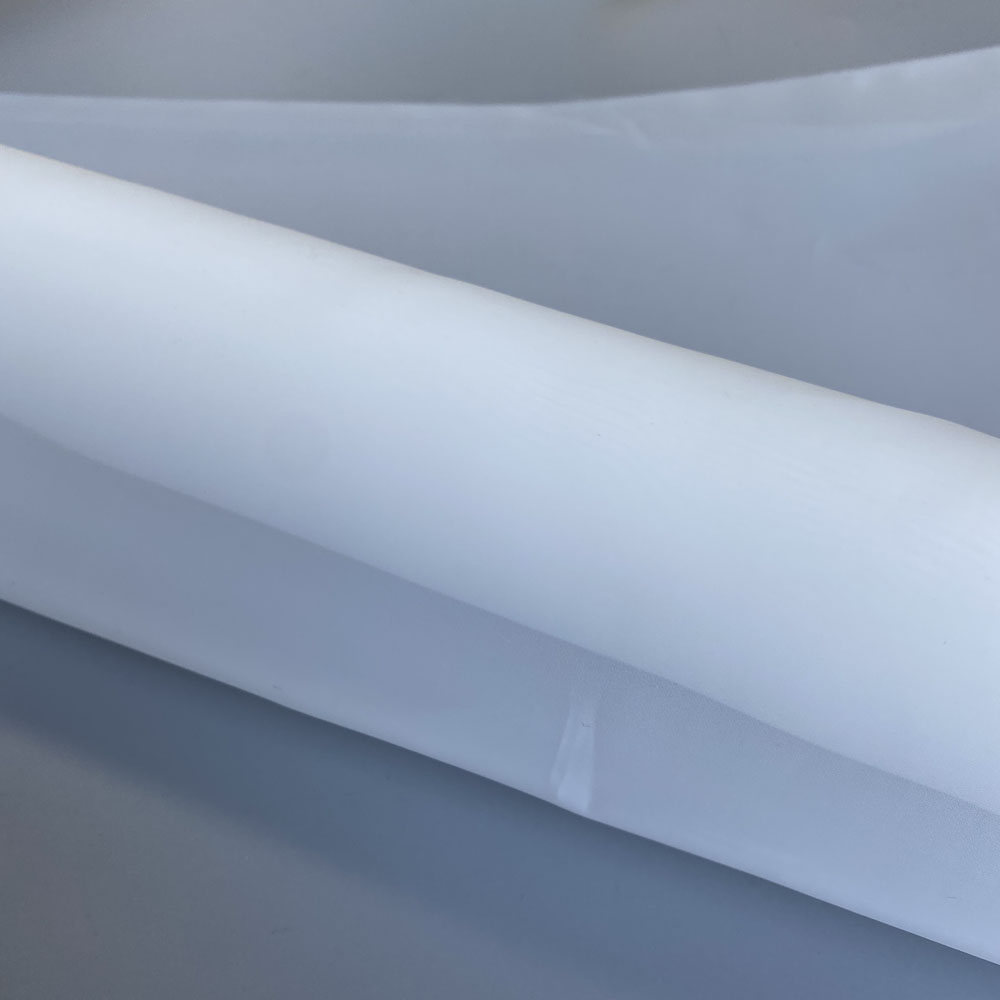Screen printing mesh size distinction
The most standard screen printing mesh sizes are 110 grids (43T) and 156 (61T). 110 mesh (43T) uses very thick ink. This is useful for block letters and larger spot color designs. It is recommended to use a 110 mesh (43T) grid for the white flash board, because in many cases you only need to print one sheet, which speeds up production. 156 mesh (61T) also uses a thicker silk screen printing ink, and at the same time, due to the finer mesh, it provides a higher detail processing capability in the image. Moreover, if you want to print with a slightly less viscous ink, you may want to use 156 mesh to prevent too much ink from passing through the screen. Lower mesh numbers (eg 40-86) are used for glitter and glitter inks. These types of inks contain particles that cannot pass the typical mesh size. Therefore, you need to use a smaller number of meshes and a larger number of holes to allow all particles to pass through correctly. The particles in glitter plastisol are finer, so you can use 86 mesh (34T), while the particles in glitter ink are larger, so it is recommended to use 40 mesh (16T) or 60 mesh (24T).200 mesh (80T) and 230 mesh (90T) are mainly used for finer detailed images and thinner inks. Screen printing mesh of these sizes can accommodate larger halftone dots, but they are not recommended for four-color printing or fine halftone screen printing. For these mesh sizes, thinner graphics and solvent-based screen printing inks should be used. Similarly, if you want to make the ink on the shirt feel softer, you can print with these higher mesh counts, which will reduce the ink passing through the screen and make the shirt feel softer. This can be tricky, but many times the artwork needs a dim, distressed look, but if bright colors (especially white) are needed, it is difficult to make the opacity thick enough with these higher grids. 305 mesh (120T) is used for extremely high-detail textile printing and fine halftone four-color printing and simulation printing. Fine halftone dots require a highly detailed grid of fine meshes to maintain and expose. Higher meshes (such as 355 mesh (140T), 380 mesh (150T) and 420 mesh (165T)) are mainly used for graphic printing using UV ink. UV ink is very thin and has been used many times for high-detail printing on signs, banners or CDs. Using a higher number of screens allows automatic printers used for UV printing to adjust the amount of ink passing through the screens.









